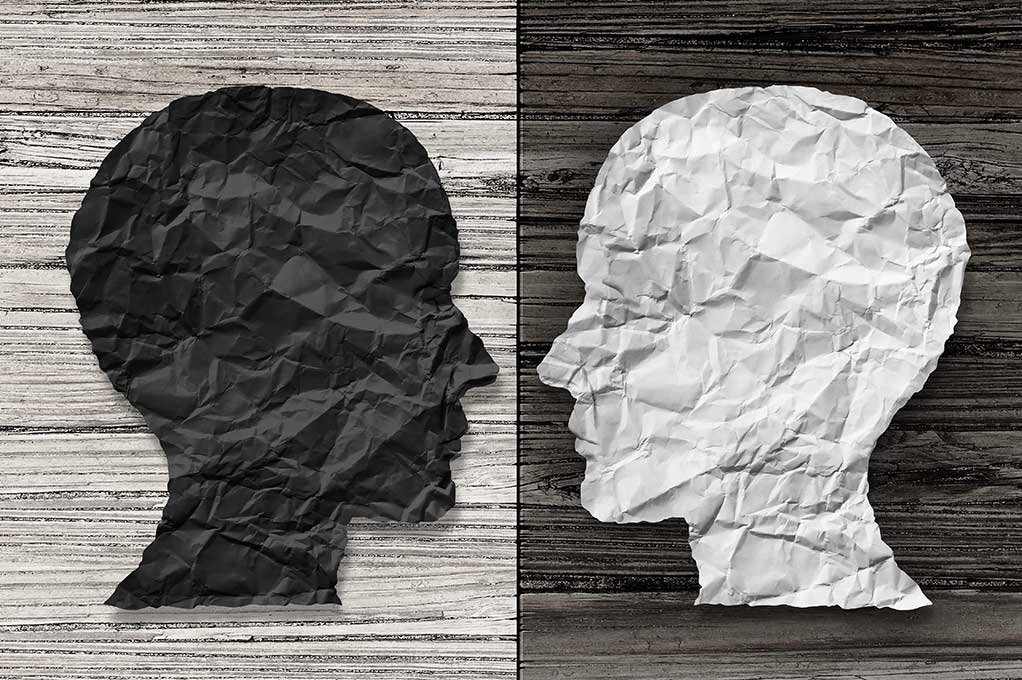Bipolar Disorders

What is Bipolar Disorder?

Bipolar disorder is a condition marked by difficulties with mood regulation. Two types of episodes are caused by bipolar disorder. These include depressive episodes as well as manic (or hypomanic) episodes. Manic or hypomanic episodes often involve elevated mood periods or periods of high energy. Or, some people can experience these episodes as persistently irritable moods. Many individuals can feel very different during these episodes than when they feel depressed. They may experience a strong sense of self-esteem and can feel the drive to be very involved in activities in which they normally wouldn’t spend as much time. They may feel a decreased need for sleep and they can experience racing thoughts, distractibility, and increased talkativeness. In more severe cases, these individuals can be susceptible to making decisions which are hazardous or risky.
Misconceptions About Bipolar Disorder
Bipolar Disorder is often misunderstood and can be difficult to identify in some individuals. Also, the stigma surrounding this condition is unfortunate and unnecessary. Some people might mistakenly believe that someone who can experience a quick change their mood must have bipolar disorder; while individuals with bipolar disorder may have more difficulty controlling the full expression of their moods, several other disorders can describe these quick changes in temperament. Individuals with ADHD, for instance, can experience stronger emotional reactions in response to an event or a trigger. Many mental health providers have traditionally believed that bipolar disorder has been diagnosed too often in children who exhibit irritability. In 2013, the American Psychiatric Association presented a new disorder called Disruptive Mood Dysregulation Disorder to describe individuals with persistent irritability who otherwise did not demonstrate the episodic features of bipolar disorder.
Bipolar I Versus Bipolar II
The main forms of bipolar disorder are Bipolar I Disorder and Bipolar II Disorder. The elevated/irritable symptoms in Bipolar I Disorder can be more intense and can last longer than those in Bipolar II Disorder. In some individuals, the risk for a higher level of care (e.g., hospitalization) is greater in Bipolar I Disorder. Both conditions involve the presence of depressive episodes. Understanding the strength of symptoms and the pattern of symptoms in your particular form of bipolar disorder can be an important step in finding ways to manage your episodes.
Explore Related Topics:
How is Bipolar Different than Depression?
How Can Bipolar Disorder Be Tested and Treated?
Request a Consultation
Pricing
Dr. Allred’s Bio
